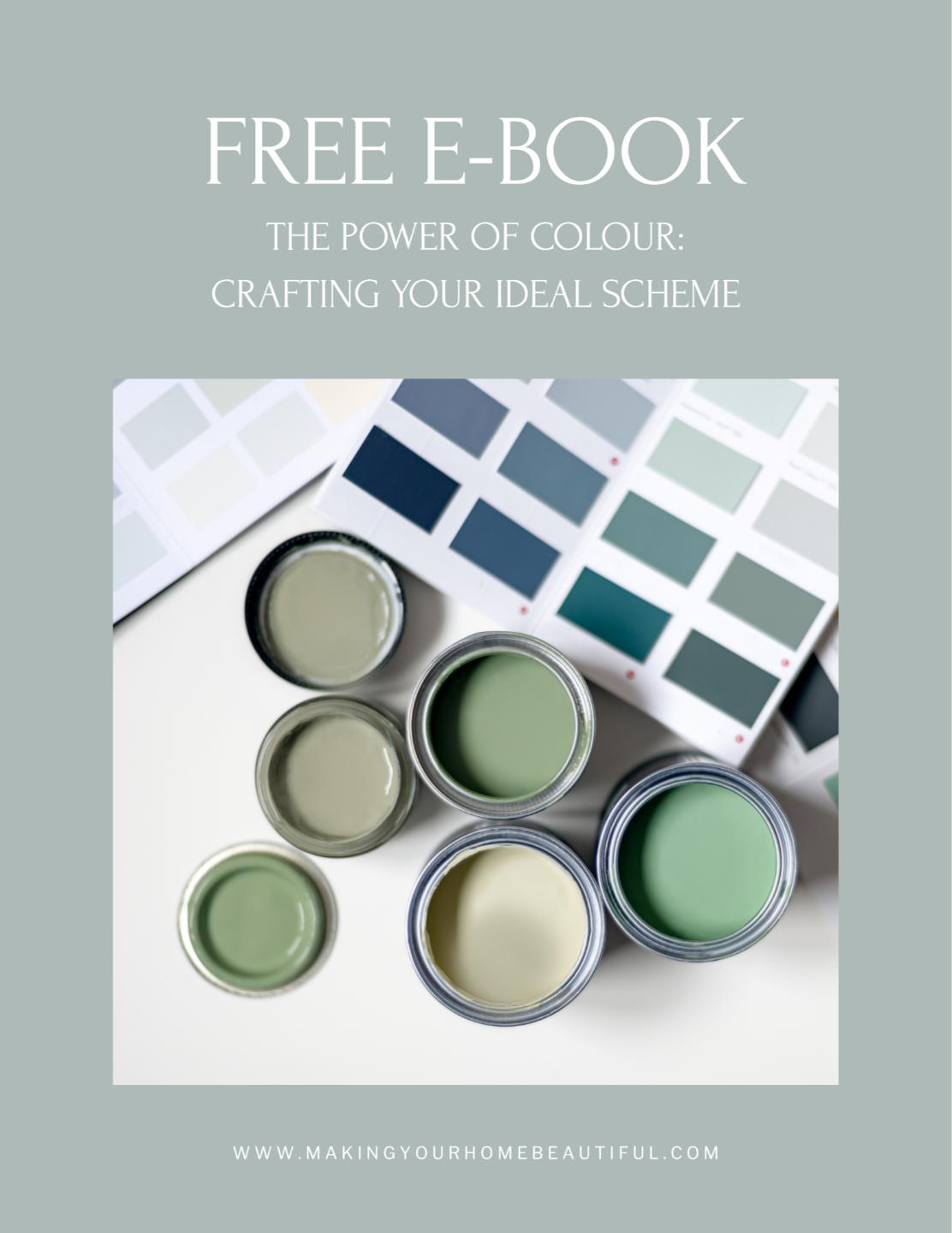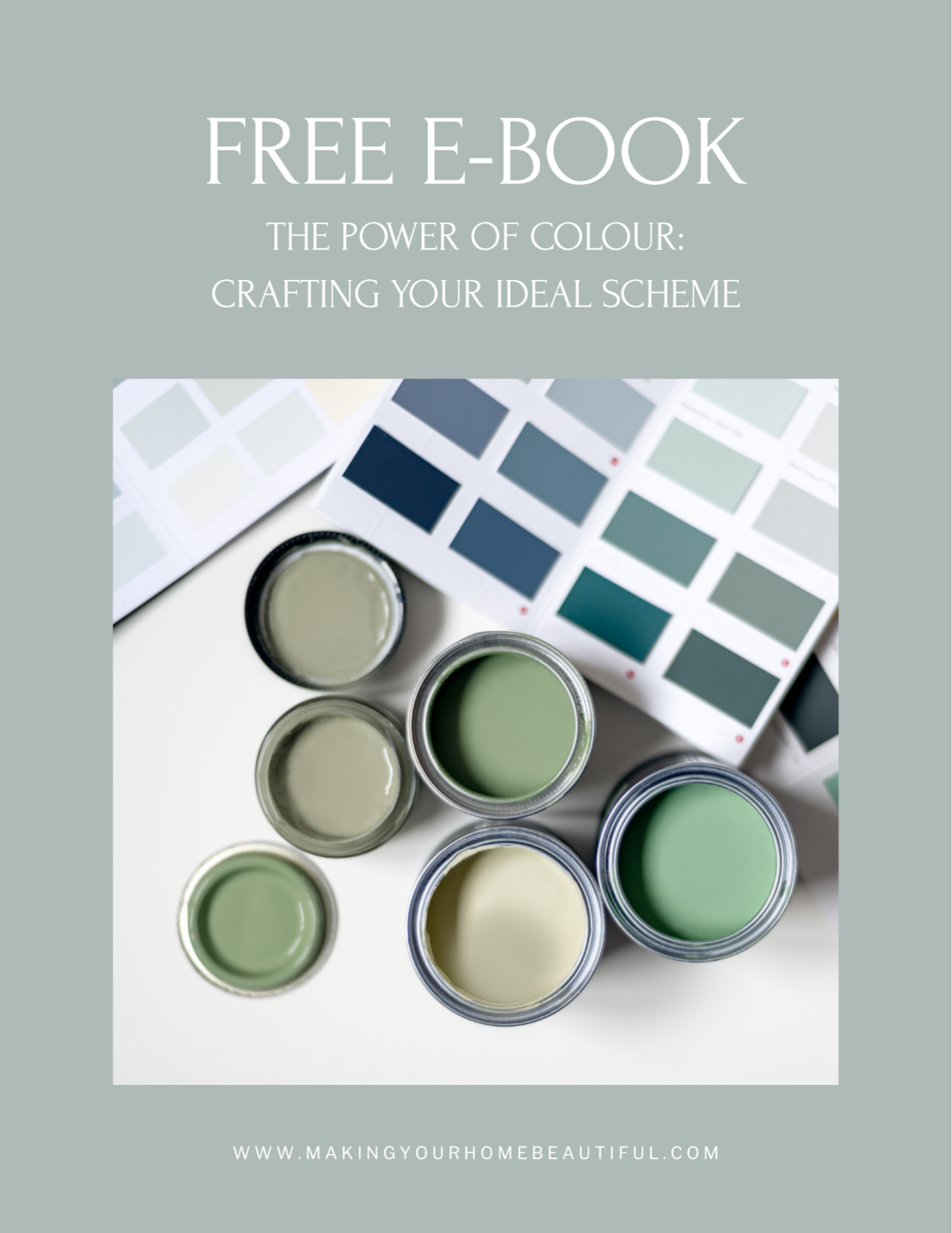
In the global world of interiors, the hot trend of the moment has to be Scandi Style. Whether we are talking about country style Gustavian interiors from Sweden, the Scandinavian mid century classic designs of the Modernist movement or the Danish passion for Hygge, we can't seem to get enough of it.
In this post I am going to concentrate on Scandi style in general and look at the different Scandinavian styles in detail in later posts. For now, here are my 5 key elements for you to consider if you are looking to re-create this style in your home.
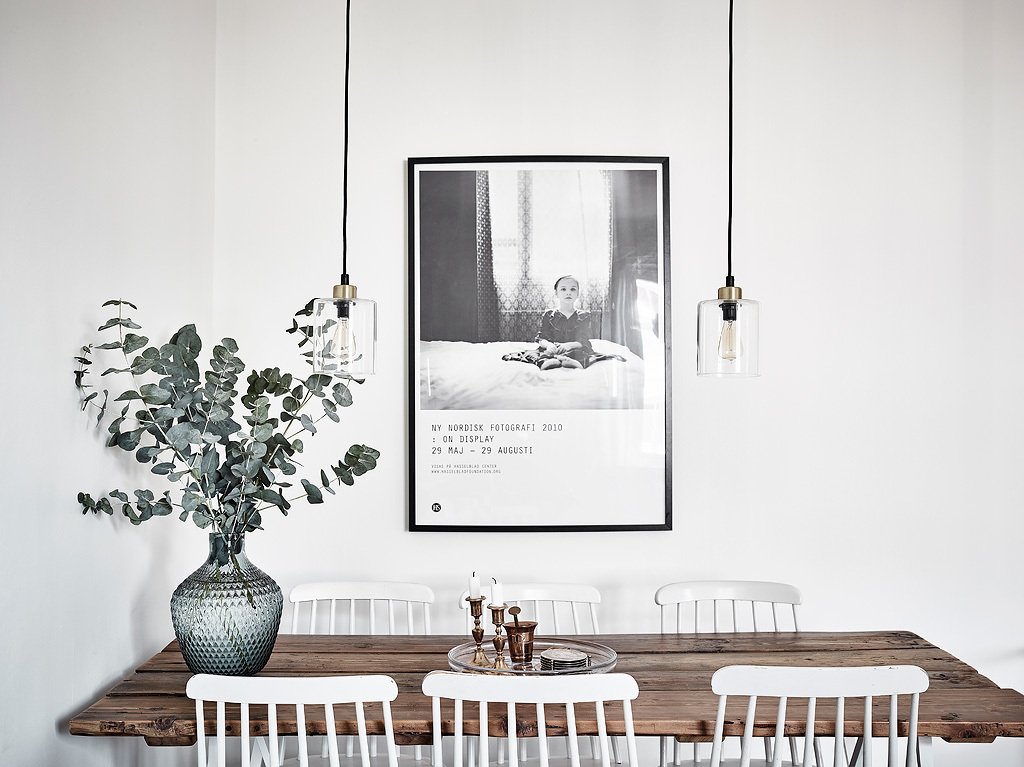
Scandi Style and Light
Natural daylight is a rare commodity for Scandinavians during the long winter months. Even during the summer the light is softer and greyer than the bright sunlight that we are used to in Australia.
Northern light is quite different and therefore homes in Scandinavia are designed to let in as much natural light as possible and to trap it there. Therefore rather than using paint colours, flooring and furnishings that will absorb light, every element in an interior scheme is carefully curated to ensure that natural light bounces around the room.

As so much of the year is spent without a large degree of natural light it is also important to pay attention to artificial lighting for a Scandi scheme. By the way, I believe this is true for any decorating scheme and often an element in interiors that is generally overlooked.
You should consider using lots of different types of lighting.
Use a range of dimmable LED downlights with wall lights for mood lighting, floor and table lamps for ambience and good quality task lighting for study and reading. You won't use them all at once, but each play a crucial role at some point. Remember that a layered lighting scheme is always preferable to a single source.
Related: How to choose table lamps
Just think about the feel of a room with one single overhead light. It's pretty grim. Then consider also using a dimmer switch and wall and table lamps and you will have a much nicer space.

Colour Palette for a Scandi Style
Bearing in mind the need for light, a colour palette therefore in a Scandi scheme is generally white, with a touch of white and a splash of white to complete the look! Seriously, this is true to an extent but you can also use gently greyed down colours. these can be either soft duck egg blues, gentle grey greens or pale neutral greys. You can also introduce colour with natural timber.
Related: Let me show you how to use Beautiful Duck Egg Blue
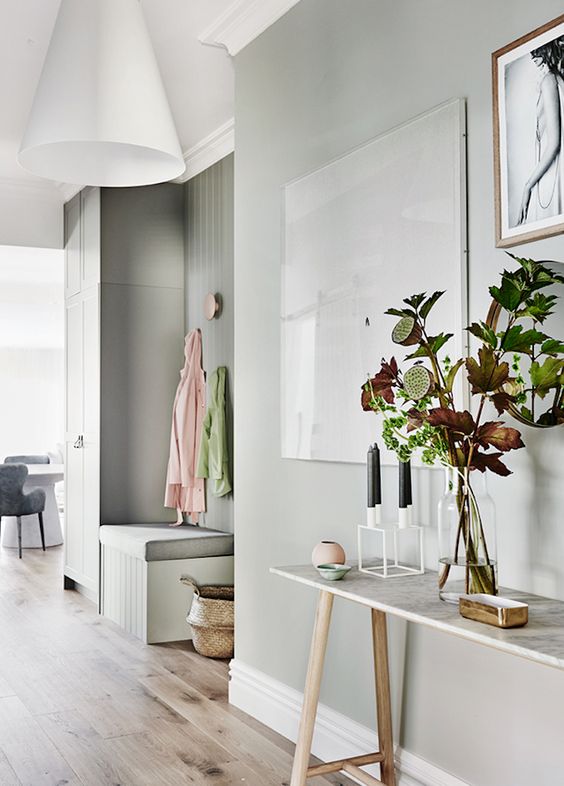
If introducing a grey on the walls, opt for one that is very light and offset by a crisp white trim with white and light timber accessories.
Remember that all greys have an underlying colour so ensure that you select one that works with the rest of the colour palette. Therefore, to be on the safe side, I recommend a neutral grey for interiors unless you are sure about the colour.
Dulux Grey Reflection is a good go-to soft interior grey colour.
Related: How to find the right neutral grey
I have put together a Scandi colour palette to demonstrate these ideas.
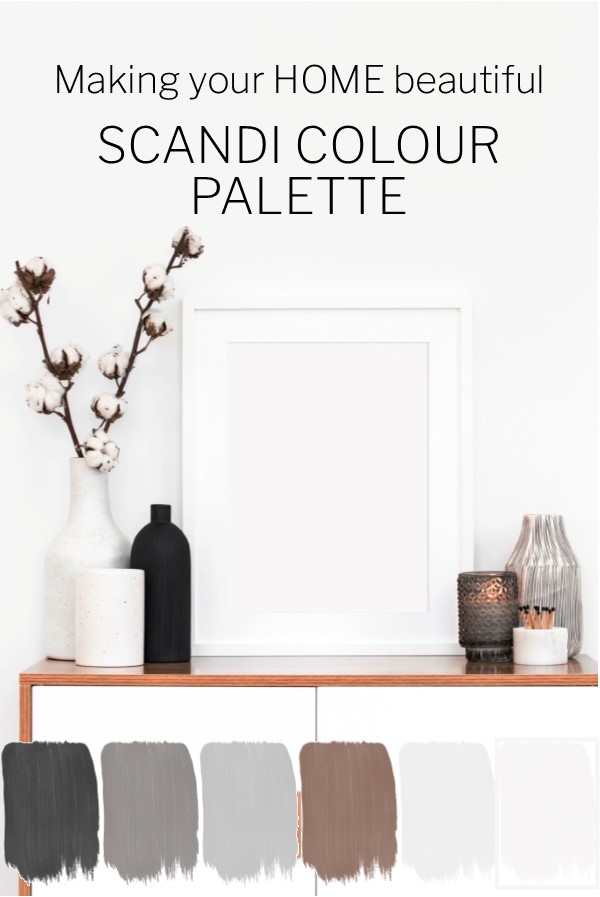
Don't despair though if you love colour! Any strong accent colour can be used in artworks and accessories. However, to ensure that natural light is reflected as much as possible, the main colour palette needs to be a white of some description. This will apply to the flooring as well as the walls and ceilings while floorboards are often white-washed or in very pale timbers to create even more light.
Light tones can be partnered with darker walnut furniture and these chairs work well for the look as they have a white seat.

To ensure that you create some definition to this look, the neutral tone of black is your friend here. Black framed artworks look terrific on crisp white walls and really help to define the space, while the introduction of some darker neutral greys in upholstery add another dimension.
Related: How to use black accents in interiors

The furniture for a Scandi style is often classic mid-century pieces which are usually a dark brown. These tones with white and green ensure a Scandi colour palette that has warmth and interest.
All white walls can be tricky to pull off as it can make a room appear very sterile and lacking in personality. You might like to read my article on the mistakes to avoid when selecting white, to help you make the right decision:
Related: 5 mistakes to avoid when selecting white
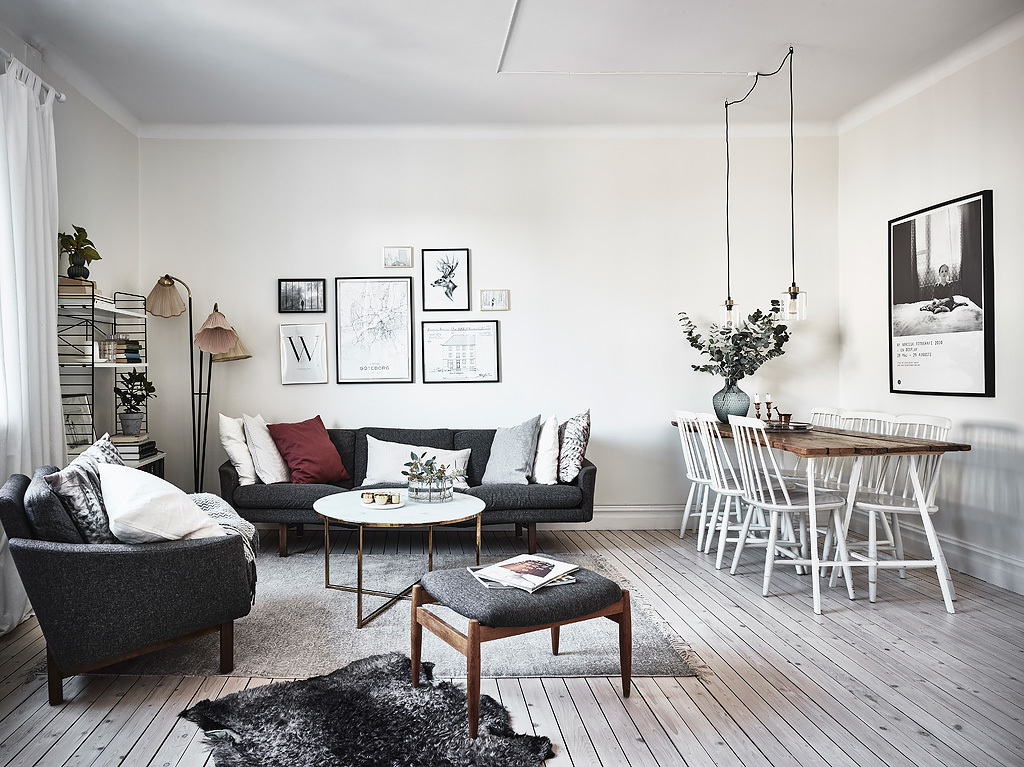
Natural finishes for Scandi Style
When you are working with a very simple light colour palette, you really need to incorporate as many natural finishes as possible. Scandi style is all about layers. Any neutral scheme needs definition and this can be introduced with varying textures.

Scandinavians rarely install wall to wall carpets, preferring to work with either natural stone or timber for their flooring and employing the use of lots of rugs. Natural fibres like Hemp, Sisal and Wool in soft neutral colours are an important element of this look. This is also a great opportunity to introduce some soft greys into the colour palette.
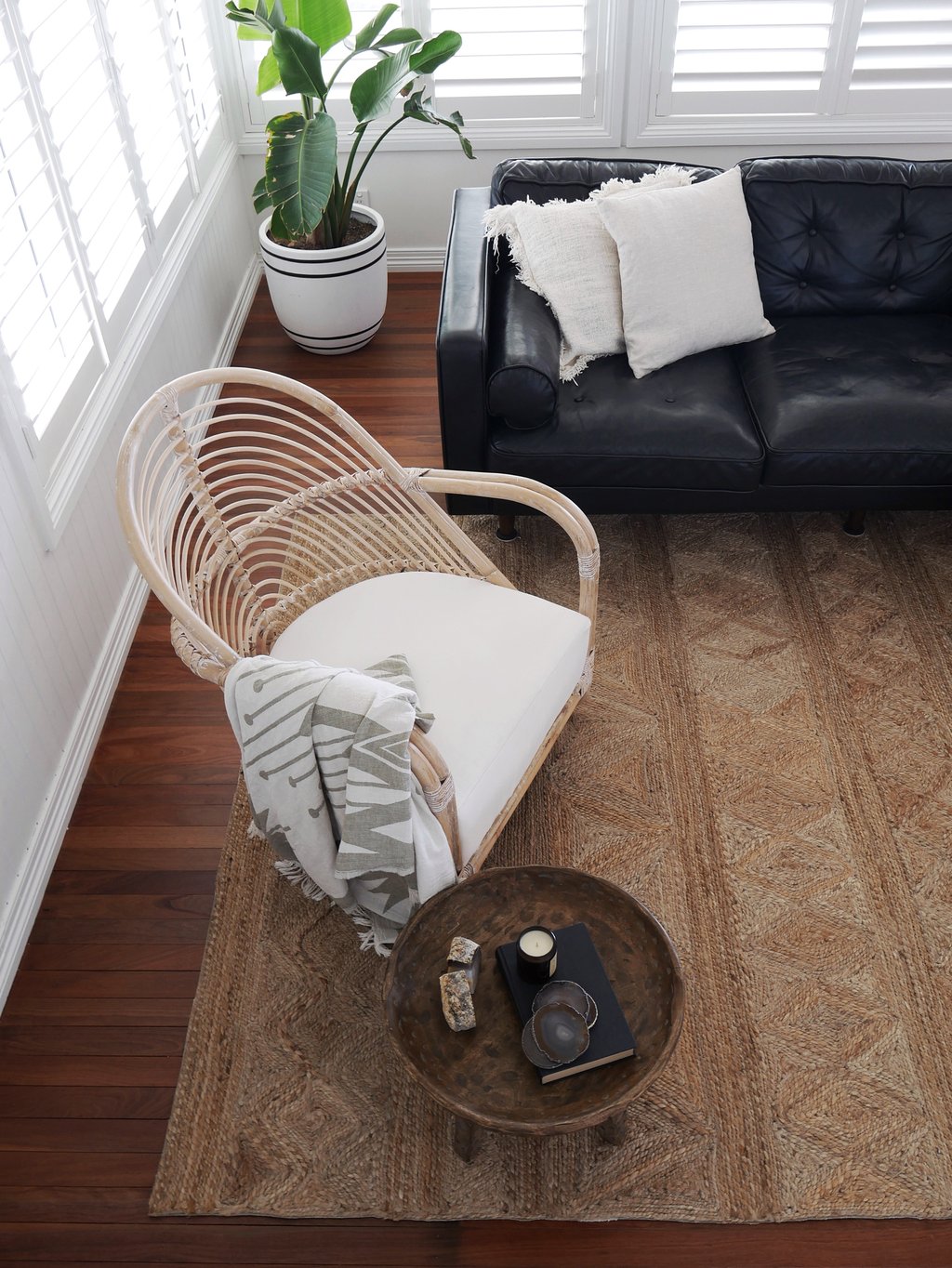
My recent post on how to choose the right rug for your space could be useful for you to read here:
Related: How to select the right rug
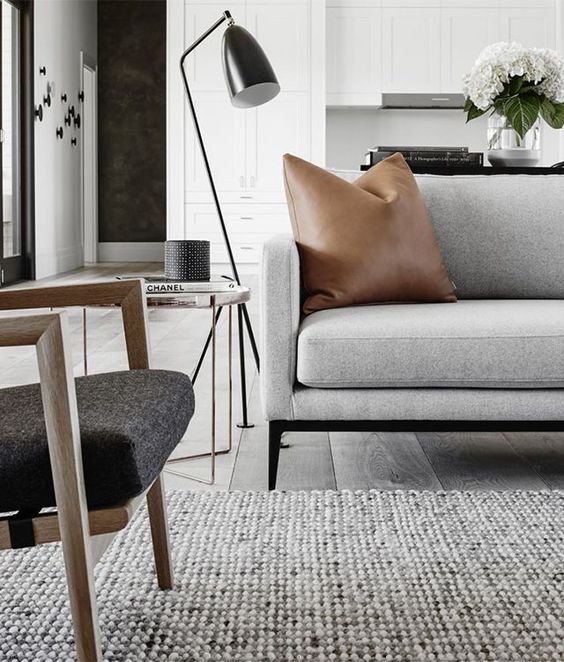
Layers are important too for accessories.
Introduce cable knit woolen throws, soft cashmere blankets and warm fluffy cushions when accessorising beds and sofas in a Scandi style.
The Danes have made Hygge a global phenomenon. As the weather cools and winter approaches the essence of Hygge and the importance of these accessory pieces come into their own.
Related: How to Hygge
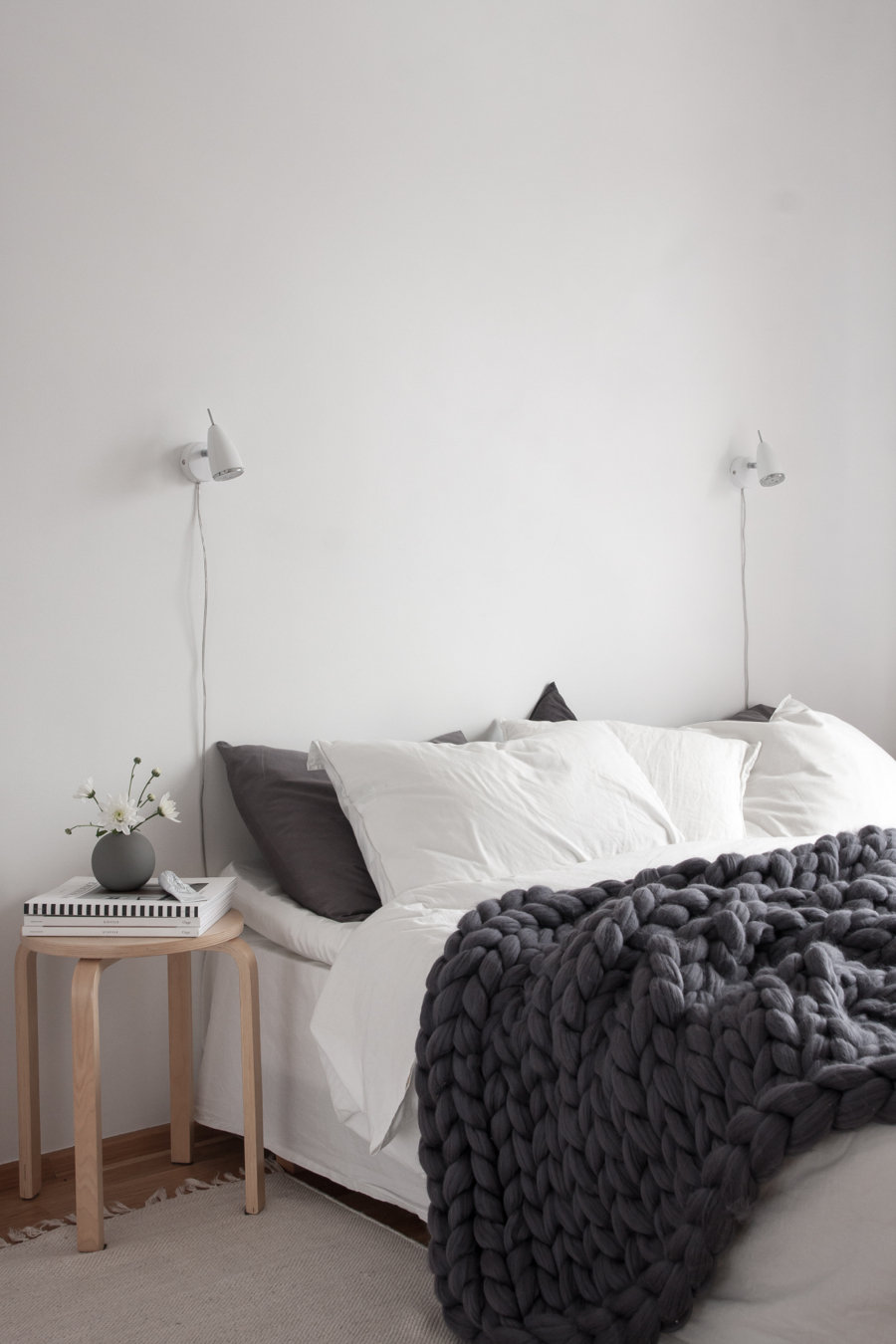
Simplicity
The appeal of Scandi style too is that the look is free from clutter.
Scandinavians don't over-decorate. Rather they stick to the decorator's motto of 'assess a finished room and then take one thing away'. Clean lines and simple joinery are important for this look.
Unnecessary decorative elements are not used for this style but good workmanship is important. Therefore it is the beauty and integrity of a piece that is important. Accessories should be simple, authentic and well made.
Furniture should be beautifully made but simple in design without unnecessary embellishment.

Keeping things simple doesn't mean that Scandi style decorating is boring as the appeal is in the pared back beauty of a piece. The Modernist movement of the mid twentieth century believed in form following function which is an inherent part of Scandinavian style. It is for this reason that these retro pieces (above and below) are still as important to the look as they were 70 years ago.
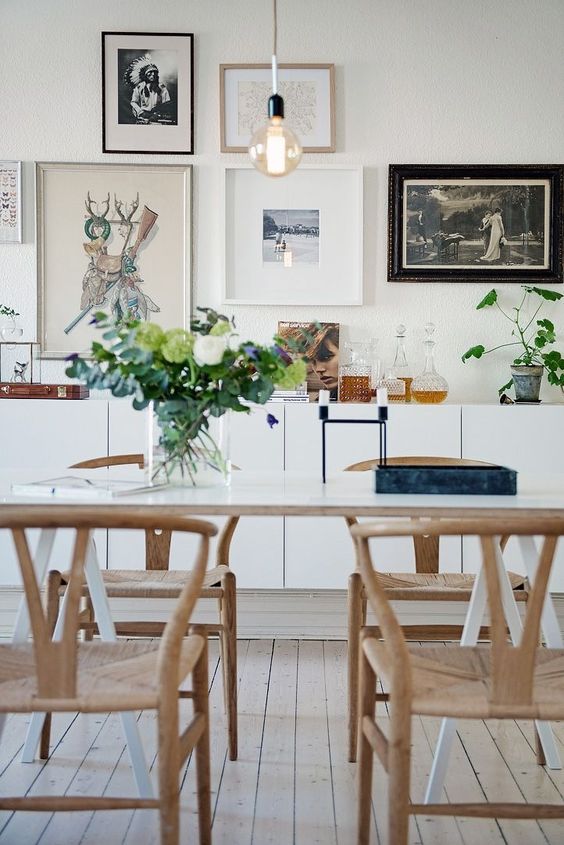
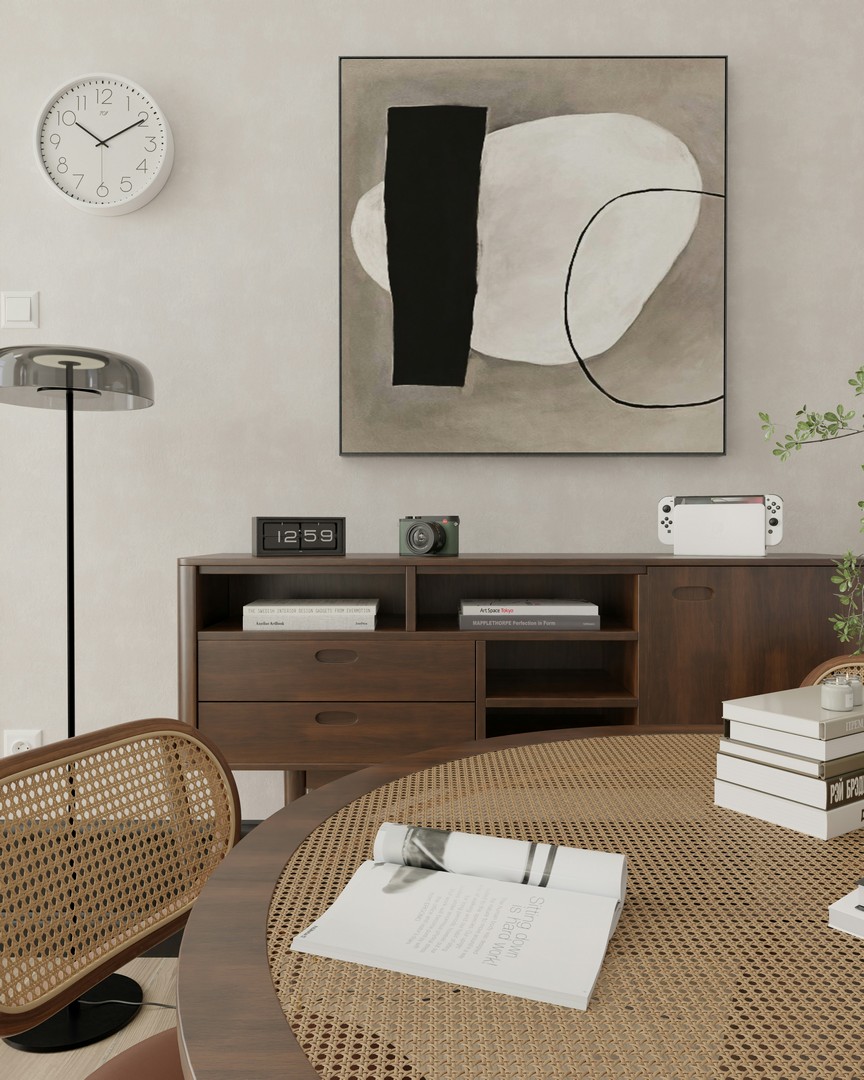
Statement pieces
With such a simple colour palette and crisp clean lines, Scandinavians really value and understand the importance of a statement piece of furniture.
Rather than having lots of chairs and sofas crammed into a room, careful consideration is given to a couple of beautiful items. It is typical for an entire month's salary to be spent on an iconic armchair which will take centre stage in a room. Take this stunning egg chair by Arne Jacobsen as a perfect example and the Hans Wegner Wishbone chair in the dining setting above.
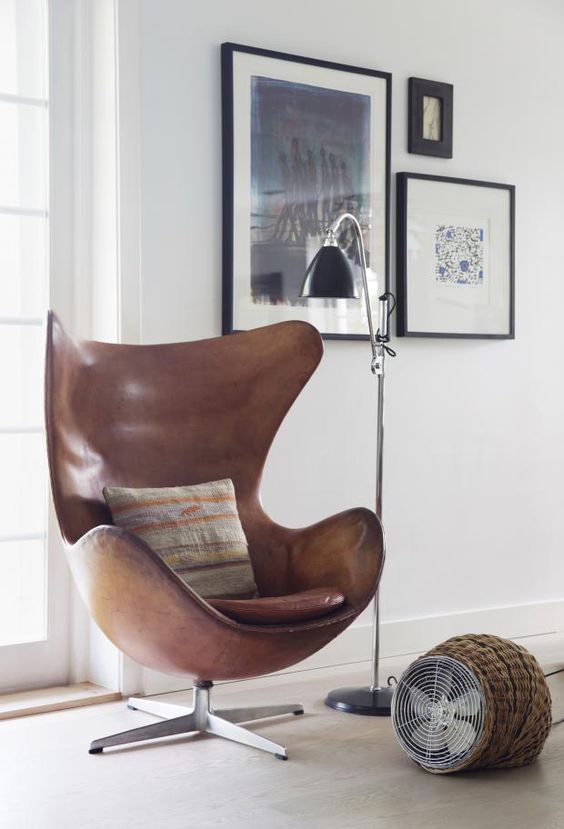
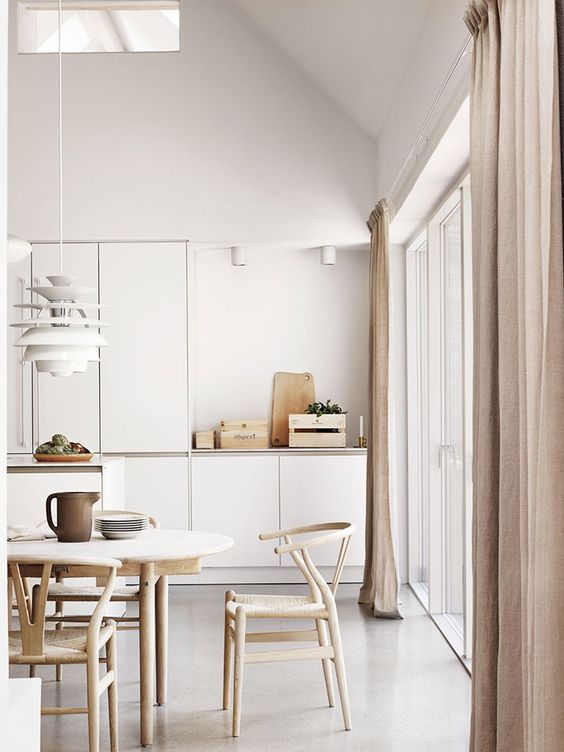
To recreate Scandi style
Therefore, to recreate Scandi style for your home, remember the mantra of light, white, texture, natural finishes and simplicity and you can start to get a feel of how to successfully incorporate this look.
Do you love Scandi style? Let me know how you have used this in your decorating schemes - I would love to hear from you in the comments section below.
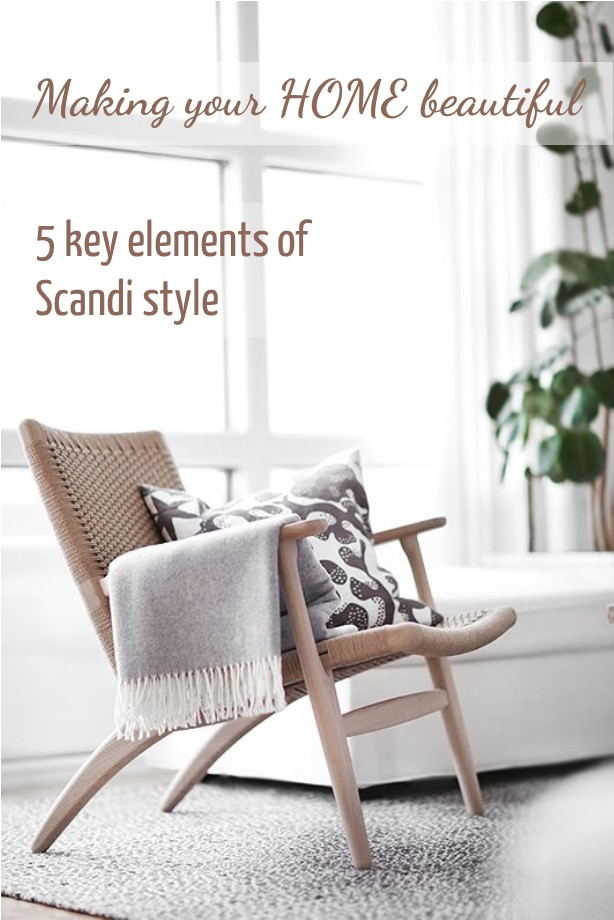
Stay connected with news and updates!
Join our mailing list to receive the latest news and updates from our team.
Don't worry, your information will not be shared.
We hate SPAM. We will never sell your information, for any reason.
